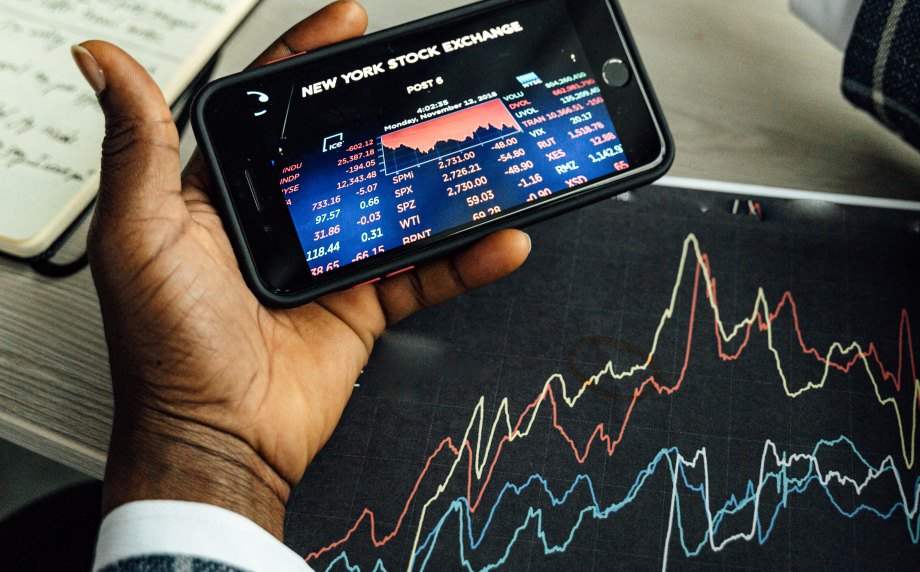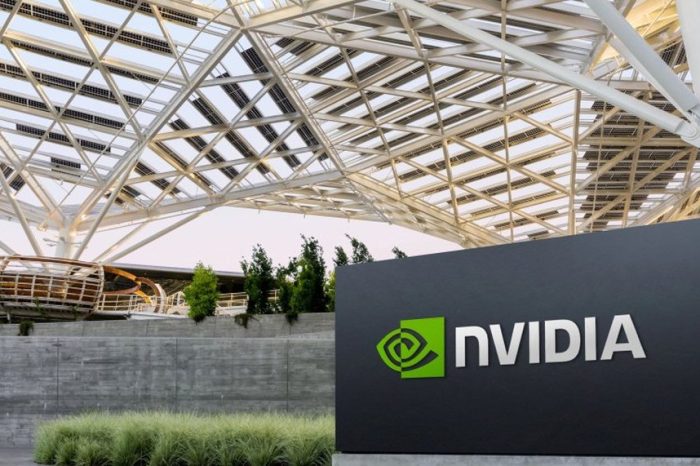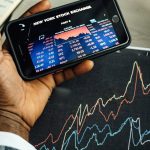Achieving Synergy: Balancing Fundamental and Technical Analysis in Futures Trading

In the complex world of futures trading where decisions are made in the blink of an eye, integrating fundamental and technical analysis has become a strategic imperative. Striking the right balance between these two analytical approaches is a prudent way to manage the intricacies of the financial markets.
Here, we will look at how traders can achieve synergy by combining fundamental analysis and technical analysis to make well-informed decisions in the futures market.
Understanding the Foundations: Fundamental Analysis
Fundamental analysis involves a deep dive into the economic, financial, and geopolitical factors influencing the futures market. Traders employing fundamental analysis scrutinize economic indicators, interest rates, supply and demand dynamics, and geopolitical events. These factors provide a foundational understanding of the market forces that shape price movements.
Long-Term Trends and Value Investing
One of the strengths of fundamental analysis lies in its ability to identify long-term trends and assess the intrinsic value of an asset. For futures traders, this means understanding the broader economic context, supply and demand for the underlying asset, and any external factors that could impact market dynamics over the long term.
Navigating the Charts: Technical Analysis in Action
On the other side of the spectrum, technical analysis focuses on historical price data and chart patterns to predict future price movements. Traders employing technical analysis rely on indicators, trendlines, and chart patterns to identify potential entry and exit points. The emphasis is on the analysis of price action and historical performance rather than the underlying factors driving the market.
Technical analysis is precious for short-term trading and timing strategies. Traders can make quick decisions based on current market sentiment by analyzing charts and identifying patterns. This is important in the fast-paced world of futures trading, where timely execution is often a key determinant of success.
Striking the Right Balance to Achieve Synergy
So, in futures trading, how do traders achieve the balance needed between the various types of analyses they carry out on market data?
Identifying Confluence Points
The challenge for traders is not in choosing between fundamental and technical analysis but in finding the confluence points where these two approaches align. When fundamental factors align with technical signals, it creates a powerful confirmation of a potential trading opportunity. For example, if a fundamental analysis suggests a bullish trend due to favorable economic conditions and technical analysis confirms an uptrend based on chart patterns, the confluence enhances the probability of a successful trade.
Risk Management and Decision-Making
Balancing these two analyses is also crucial for risk management. While fundamental analysis provides the overarching context, technical analysis aids in precise entry and exit points. Traders need to weigh the impact of fundamental events against technical signals to make well-rounded decisions that consider both the big picture and immediate market dynamics.
Final Word
In the dynamic world of futures trading, the synthesis of fundamental and technical analyses serves as an art rather than a science. Traders who successfully strike this balance are equipped with a comprehensive toolkit, allowing them to navigate the unpredictable nature of the markets.
By understanding the long-term trends revealed by fundamental analysis and the short-term dynamics decoded through technical analysis, traders can make more informed decisions, ultimately increasing their chances of success in the ever-evolving futures market.

